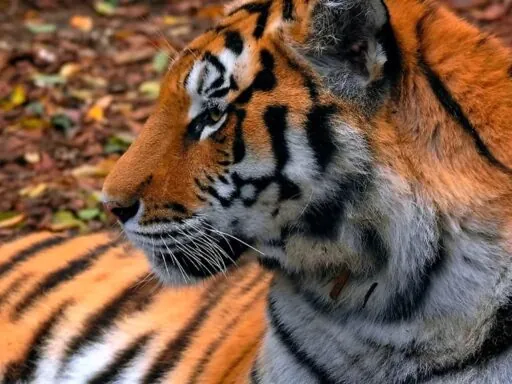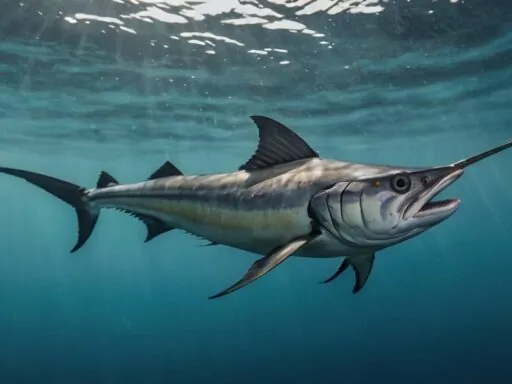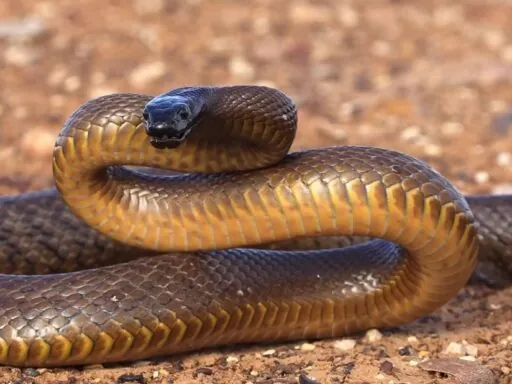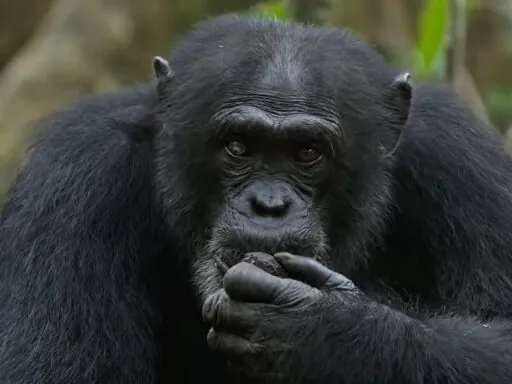Ever feel like you’re moving at a snail’s pace? Well, hold onto your hats (or shells!), because some creatures take slowpoke to a whole new level. We’re talking about the ultimate chill champions, the masters of minimalism when it comes to movement. Buckle up, because we’re about to unveil the top 10 slowest animals in the world!
1. Garden Snail
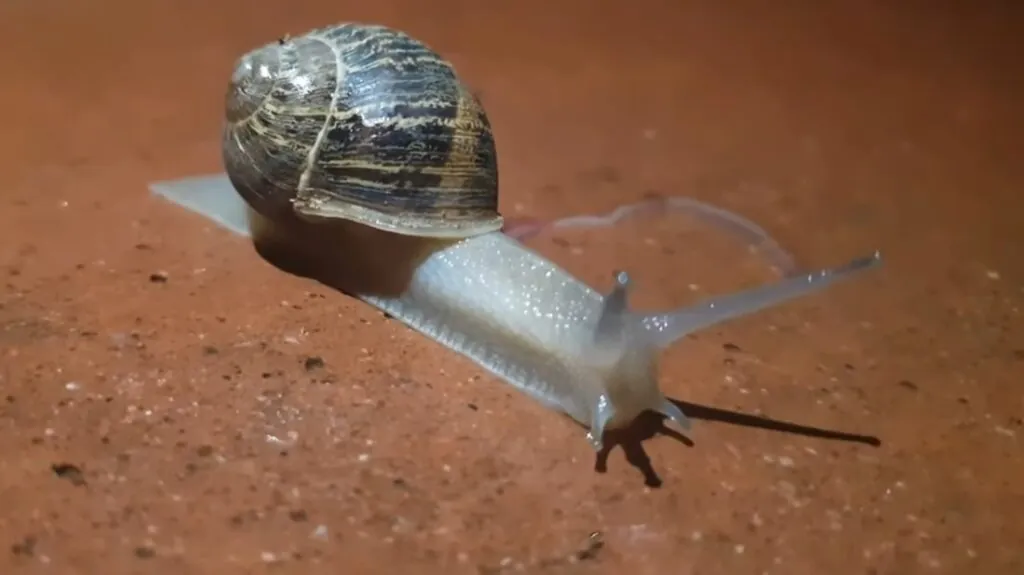
We’ve all seen a garden snail inching its way across the sidewalk, but did you know they’re contenders for the sloth’s slowpoke crown? These tiny travelers move at a painstakingly slow pace of about 1.3 centimeters (0.5 inches) per minute. That’s right, it would take a snail over an hour to travel just one meter (3.2 feet)! Their slow and steady approach works for them though, thanks to a special mucus trail that helps them glide smoothly and conserve energy. So next time you see a snail on the move, remember, slow and steady truly does win the race… eventually.
2. Three-toed Sloth
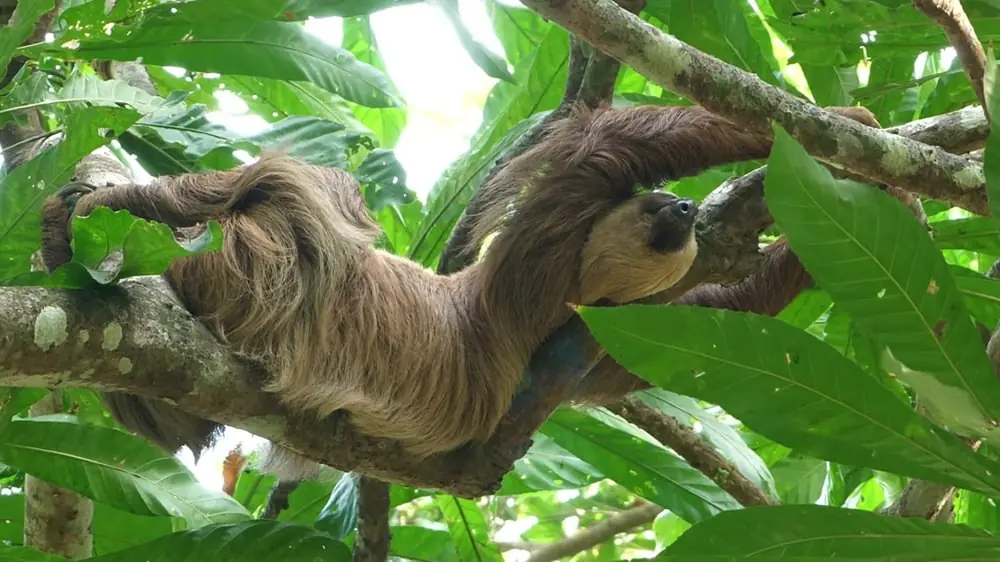
You know that feeling on a Sunday morning when you just can’t seem to get going? Well, three-toed sloths basically live in that state 24/7. These furry fellas are the undisputed kings of slow motion, moving at a glacial pace of about 2.5 meters (8.2 feet) per minute – that’s slower than the hands on a clock! Their super slow lifestyle is all thanks to their low-energy diet of leaves. But hey, if it ain’t broke, don’t fix it, right? They may be slow, but they’ve mastered the art of chilling!
3. Sea Anemone
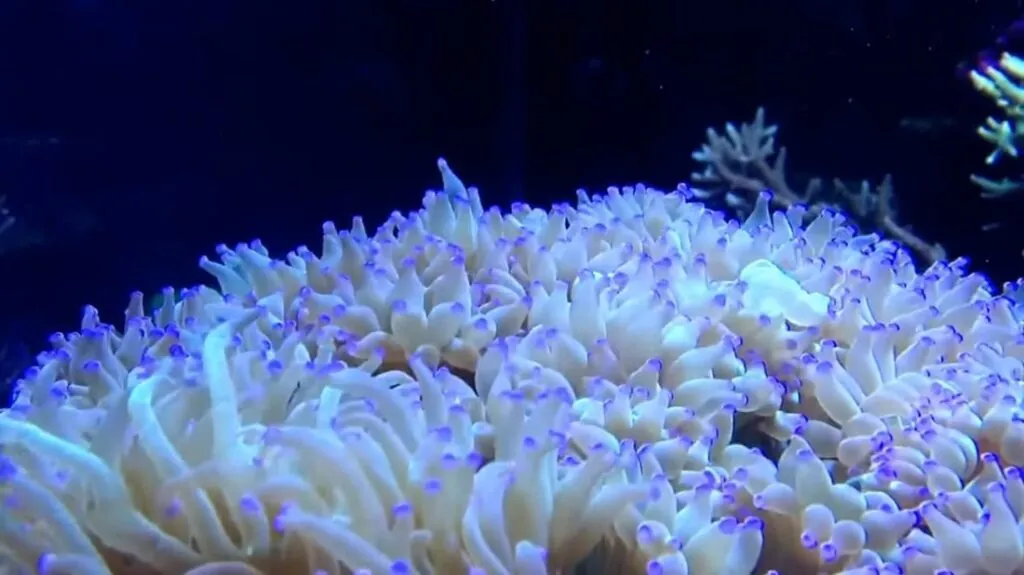
Unlike our previous slowpoke champions, sea anemones aren’t exactly known for going anywhere. These colorful underwater creatures are more like living flowerpots, attaching themselves to rocks or coral reefs. They can, however, move incredibly slowly – we’re talking about a glacial 1 centimeter (0.4 inches) per hour. While their movement might be minimal, their tentacles are anything but! They use them to sting and capture food that drifts by, proving that even the slowest creatures can be efficient hunters.
4. Starfish
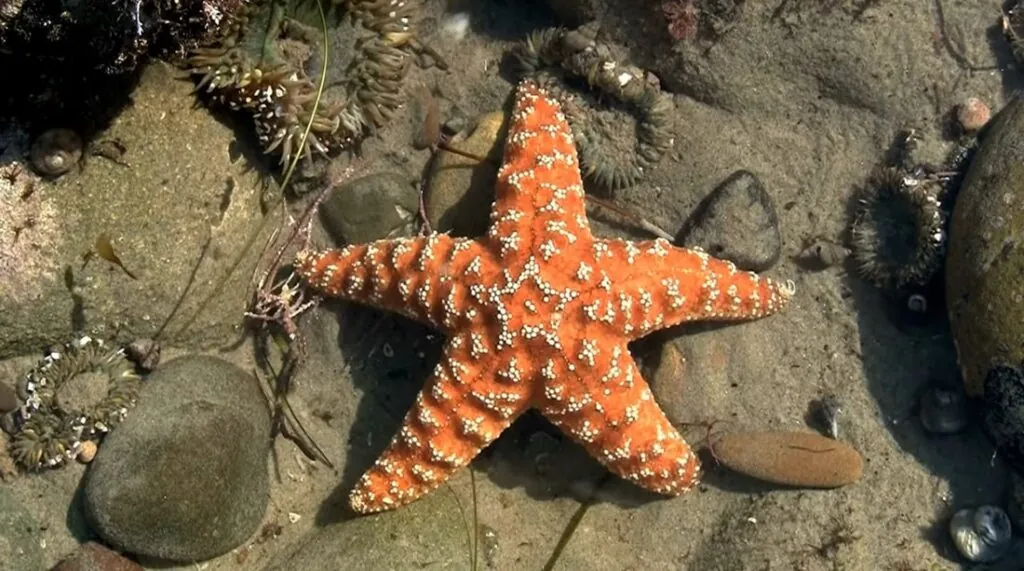
Scratch sea anemones off the list for this ranking! While they’re slow movers, starfish, one of the slowest animals in the world, actually have them beat. These spiky sea dwellers aren’t exactly built for speed. They use hundreds of tiny tube feet underneath their arms to crawl across the ocean floor. While some starfish species can be surprisingly nimble for their star-shaped bodies, on average, they move at a leisurely pace of around 15 centimeters (5.9 inches) per minute. That’s still slower than a snail, but hey, at least they’re going somewhere!
5. Giant Tortoise
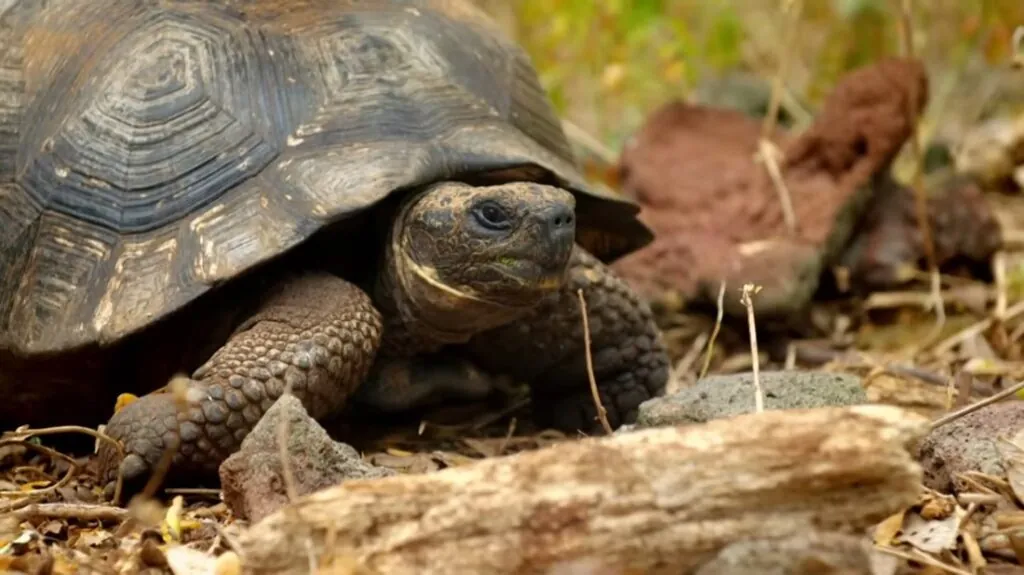
Giant tortoises might look like they could give a speeding car a run for its money (well, maybe not!), but their bulky shells and herbivore diet tell a different story. These gentle giants are the ultimate slow coaches of the land, lumbering along at a leisurely 0.3 kilometers per hour (0.19 miles per hour). That’s slower than a casual stroll in the park, but for a creature that can weigh hundreds of pounds and live for over a century, who needs to rush? They graze on plants all day, taking their time to savor the good life, one slow step at a time.
6. Banana Slug
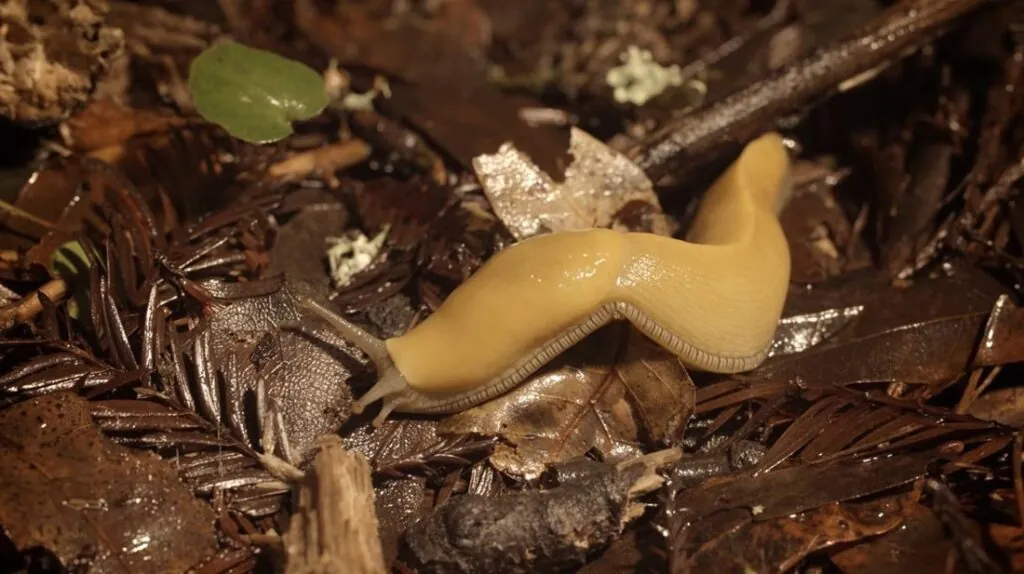
Forget about speeding tickets – banana slugs wouldn’t even know what to do with one! These bright yellow land slugs, native to California, are the undisputed champions of slow on land. They propel themselves with a slime trail, leaving a glistening path behind them. But don’t let the slime fool you into thinking they’re speedy. Banana slugs travel at a mind-numbingly slow 1.3 centimeters (0.5 inches) per second. That means it would take them over an hour to cover just one meter (3.2 feet)! Despite their glacial pace, banana slugs are masters of survival in their damp, shady world.
7. Coral (Polyps)
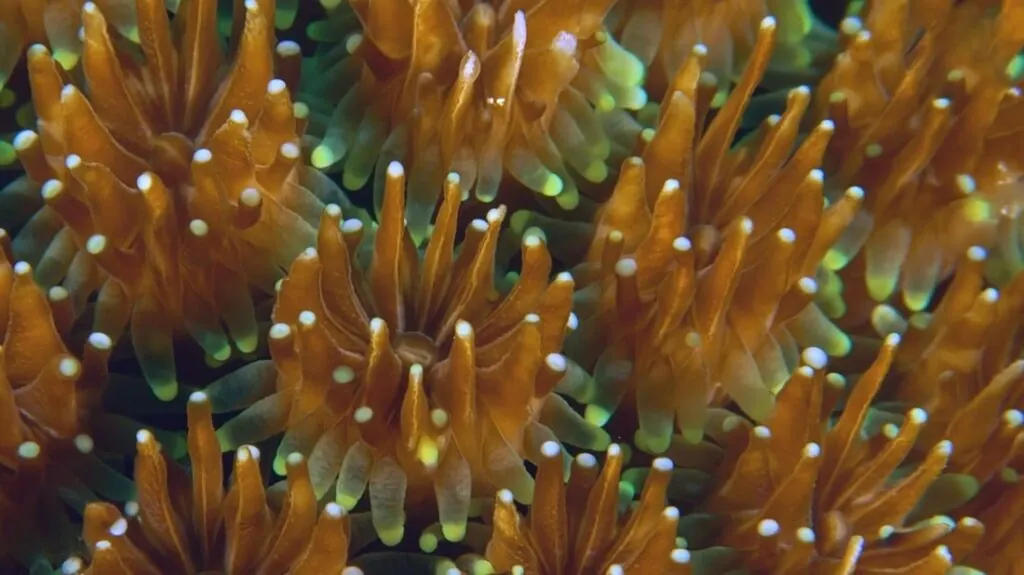
Forget a snail’s pace – coral polyps take slowness to a whole new level. These tiny anemone-like creatures attach themselves to a hard surface and dedicate their lives to building the impressive coral structures we see. Technically, they have a movement speed of 0 kilometers per hour (0 miles per hour) since they don’t actively move around. However, their slow and steady growth over vast stretches of time has resulted in some of the most vibrant and biodiverse ecosystems on Earth – proving that even the seemingly motionless can have a huge impact!
8. Seahorse
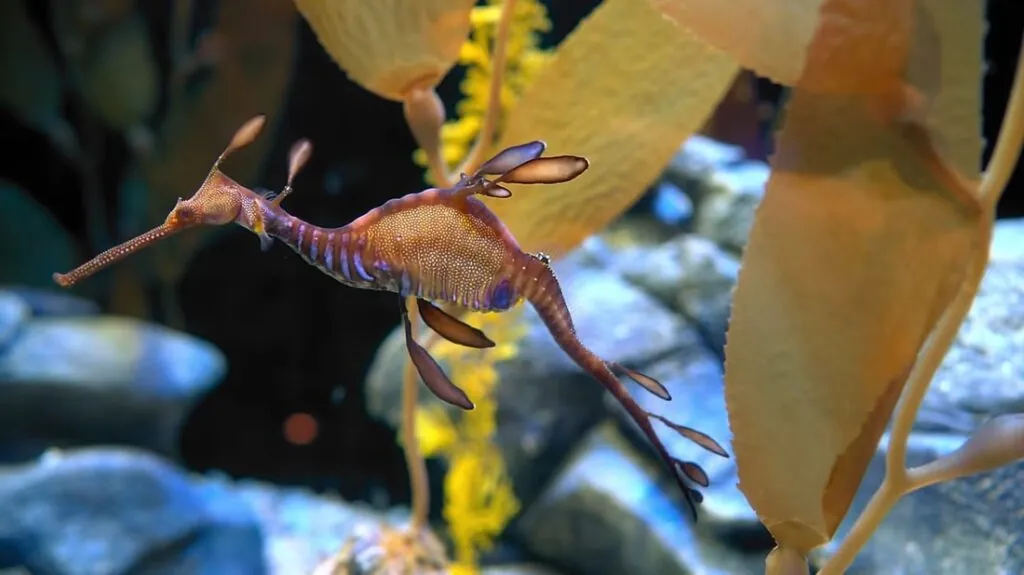
Seahorses, one of the top 10 slowest animals in the world, might look elegant gliding through coral reefs, but their unique body shape isn’t exactly built for speed. These fascinating fish rely on a tiny dorsal fin for propulsion and pectoral fins for steering. While they might appear to be floating effortlessly, their actual movement is quite sluggish. On average, seahorses travel at a leisurely pace of around 0.01 kilometers per hour (0.006 miles per hour). That’s slower than the hour hand on a clock! However, slow movement doesn’t mean they’re defenseless.
9. Koala
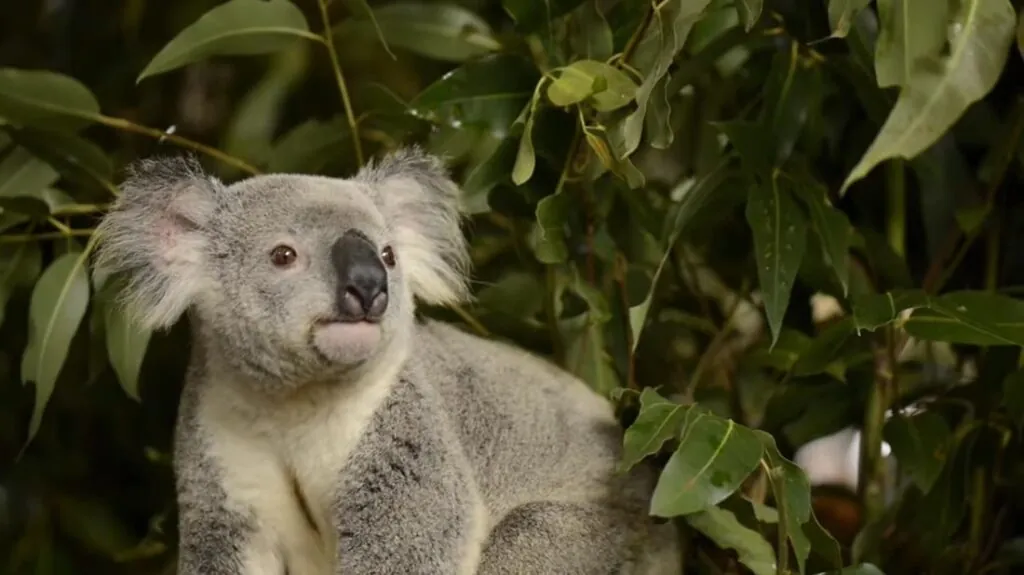
Koalas might spend most of their days lounging in eucalyptus trees, but don’t be fooled by their relaxed demeanor. While not exactly speed demons, they’re not quite as slow as you might think. When they do decide to move, koalas opt for a slow and deliberate pace. They shuffle through the branches at an average speed of around 4 kilometers per hour (2.5 miles per hour). That’s roughly the same speed as a leisurely walk in the park.
10. Manatee
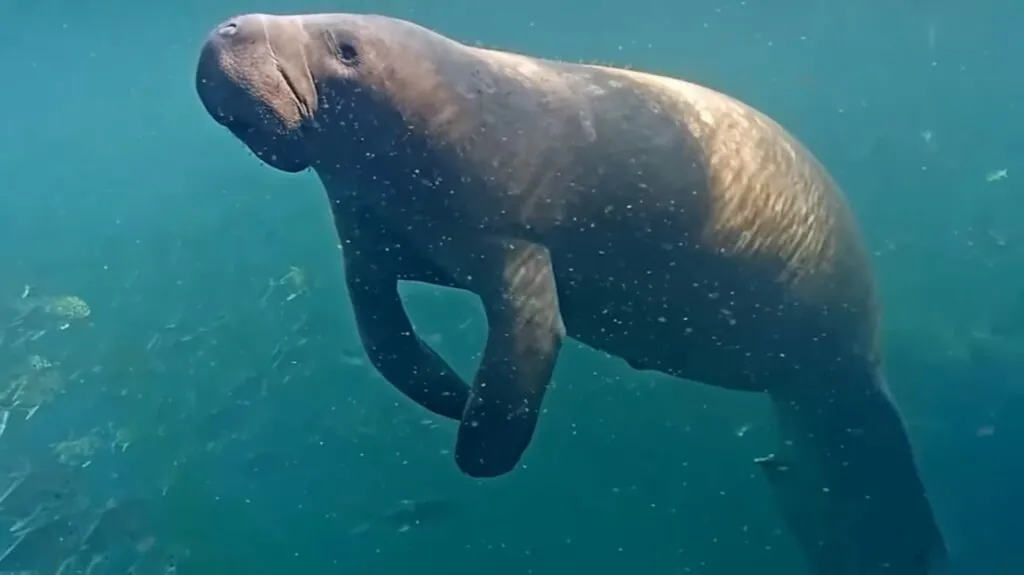
Manatees, also known as sea cows, might lull you into thinking they’re the underwater equivalent of a sloth. While their bulky bodies and gentle nature suggest a leisurely pace, they can actually move a bit faster than some other contenders on our list.
Manatees spend their days peacefully grazing on seagrass meadows. They use their powerful tails to propel themselves through the water, reaching a cruising speed of around 5 kilometers per hour (3.1 miles per hour). That’s about the same speed as a slow jog, but for a creature their size, it’s enough to get them where they need to go.
From the sloth’s glacial pace to the seahorse’s near-imperceptible glide, this list has explored top 10 slowest animals in the world. While speed may be an advantage for some creatures, these slowpoke champions have proven that success can come in many forms. Their specialized adaptations and lifestyles demonstrate that even the most leisurely pace can be a recipe for survival and even thriving in their unique environments.
